To celebrate BBC Wildlife magazine's 60th birthday, we asked 60 people from our wonderful network of writers, presenters, photographers and conservationists to share their favourite places in the UK for wildlife. 10 of those places are in the South West
This beautiful corner of the UK is famous for its coastline, cliffs, moors and rivers, all teeming with wildlife. Vote for the one you love the most from the list below.
(Voting now closed)
Our favourite wildlife destinations in the South West
Dartmoor, Devon
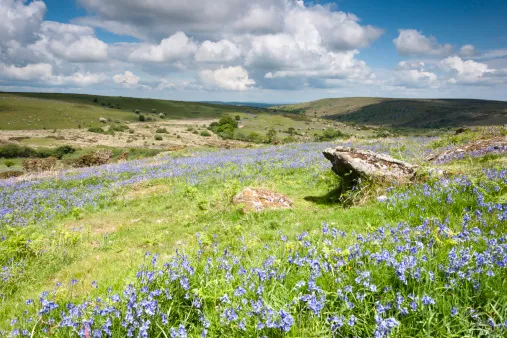
This waterlogged grassland habitat is a living pallet of colours provided by bog grasses, asphodels and sphagnum mosses, and is a haunt of both the common and rare. It is a rainbow of life that fills ears, eyes and nostrils; a flowering, fluttering, scratching, melodious place that never fails to instil in me the thrill of being alive.
Nick Baker, naturalist and writer
Lundy, Devon
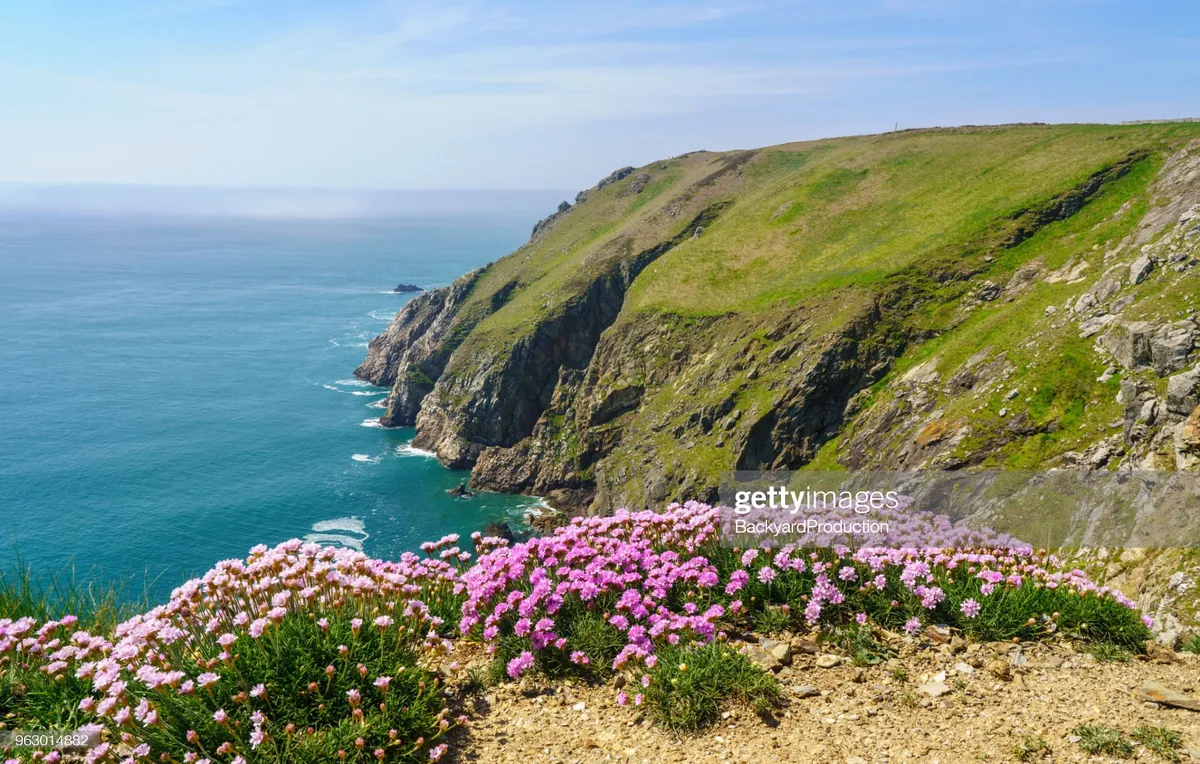
Wildlife-watching destinations don’t get much better than Lundy. Lying 18km off the North Devon coast, with the Atlantic Ocean to the west and the Bristol Channel to the east, this little island hosts a variety of rarely seen Mediterranean-Atlantic species. The local grey seals are accustomed to humans and are incredibly inquisitive, playing hide and seek among the kelp and using their sensitive whiskers to explore your diving equipment. It’s an experience that I will never tire of.
Miranda Krestovnikoff, BBC presenter
Ham Wall, Somerset

The magnificent Somerset Levels has been my local patch for the past decade, and it’s stuffed to the gunnels with wildlife. The jewel in its crown is RSPB Ham Wall, whose expansive reedbeds, open water and wet woodland deliver year-round. As winter beckons, the reserve is dominated by one event: vast, morphing flocks of starlings at dusk, one of the most mesmerising spectacles in nature.
Mike Dilger, naturalist and broadcaster
Chew Valley Lake, Somerset
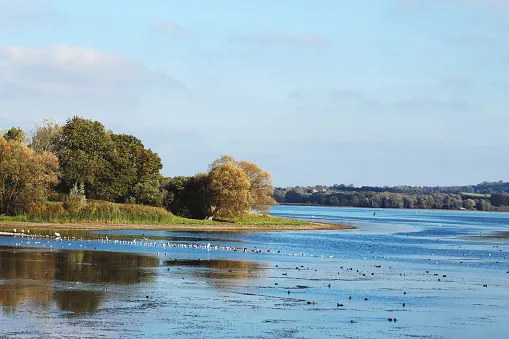
The lake is a beautiful spot – I used to go past it every day on the bus to school, and I loved watching the birds as we whizzed along.As a local patch, the lake is fantastic. It’s also a great destination for casual birders and families wanting to get out of the city. I love all of the lake’s birds – terns, grebes, ducks and egrets – but my favourite is still the bearded tit.
Mya-Rose Craig, ornithologist and author
Jurassic Coast, Dorset
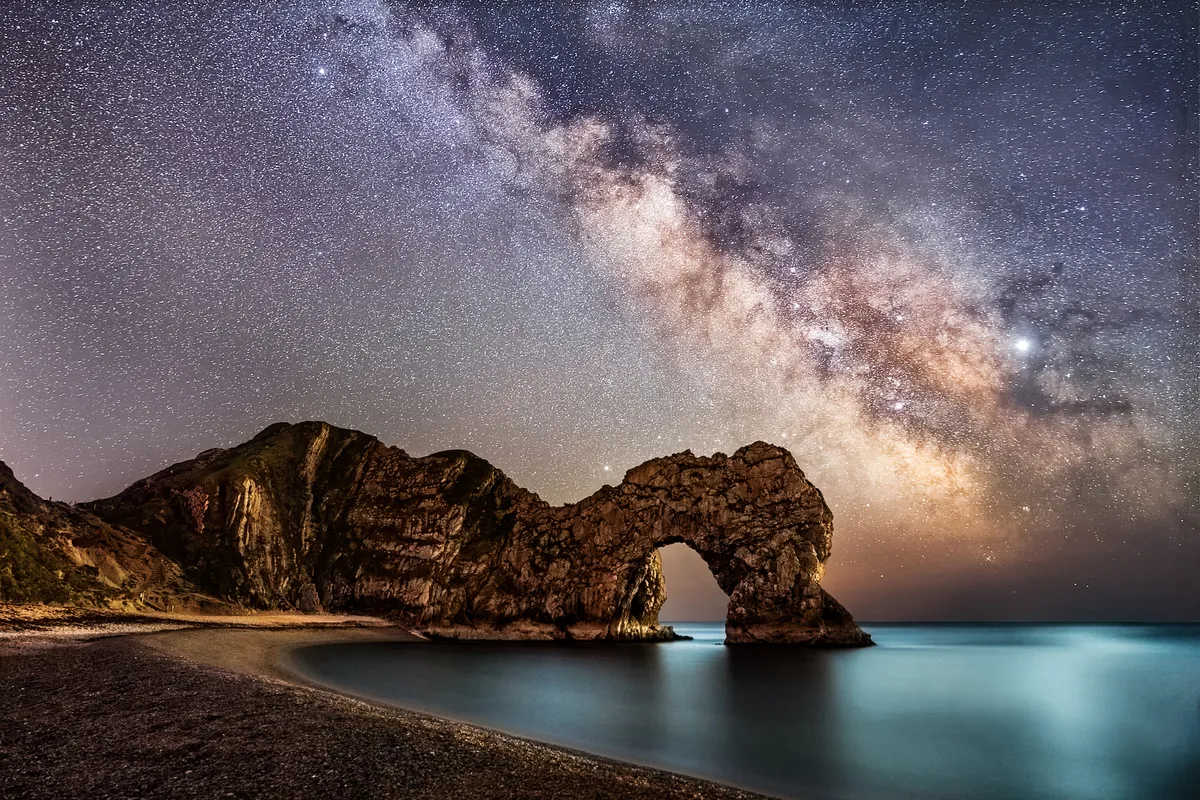
This stunning stretch of coast is a tourist honeypot, but away from the beaches, the chalk hills are one of my favourite UK haunts for butterflies and day-flying moths. This is the only specific place in Britain to have given its name to a resident species: the Lulworth skipper. The entire UK range of this diminutive insect is in the tussocky grasslands of south Dorset. This is a place to sit among the flowers and watch.
Richard Fox, head of science at Butterfly Conservation
Isles of Scilly, Cornwall
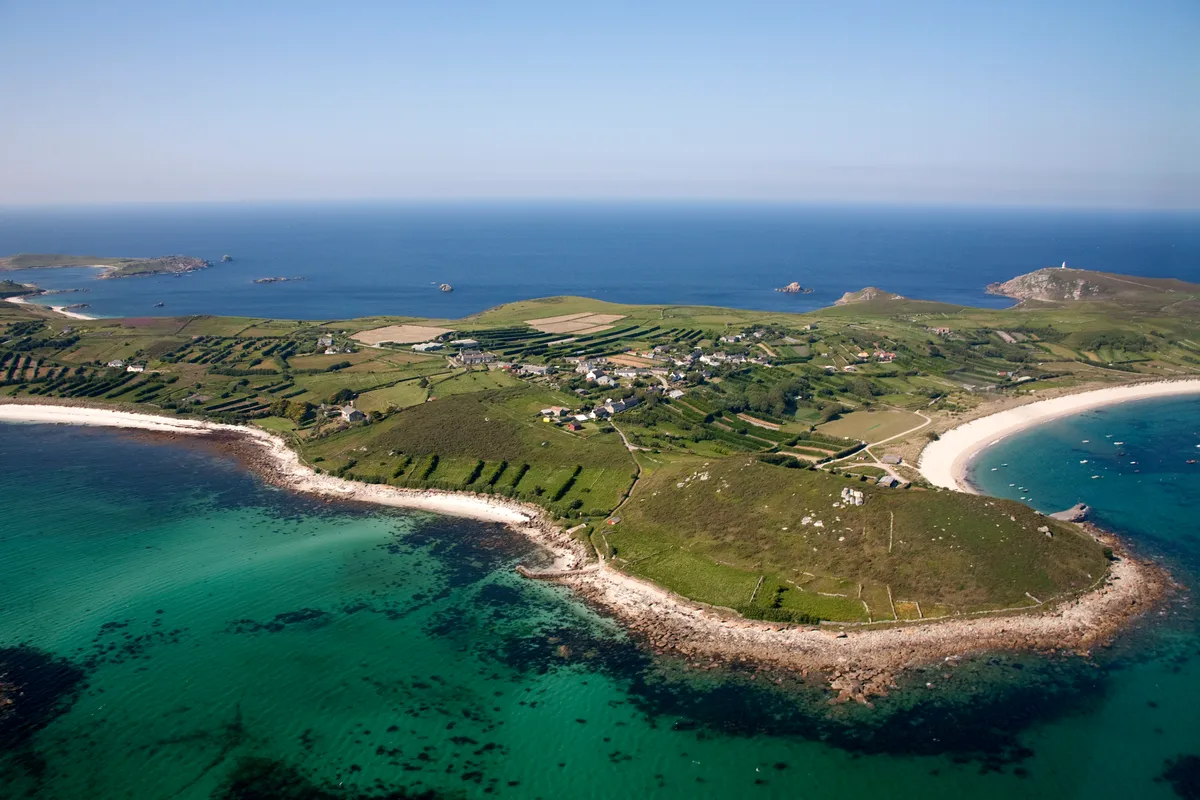
From windswept winters to sunkissed summer days, life on the Atlantic edge is ever-changing. I’ve watched humpback whales on Christmas Eve. I’ve been at sea surrounded by shearwaters, skuas and storm petrels with common dolphins bow-riding and sunfish flopping past. Twice a year I’m treated to an array of migrant birds, from hoopoes to bee-eaters.
Lucy McRobert, communications manager at Isles of Scilly Wildlife Trust and author
Buckfastleigh, Devon
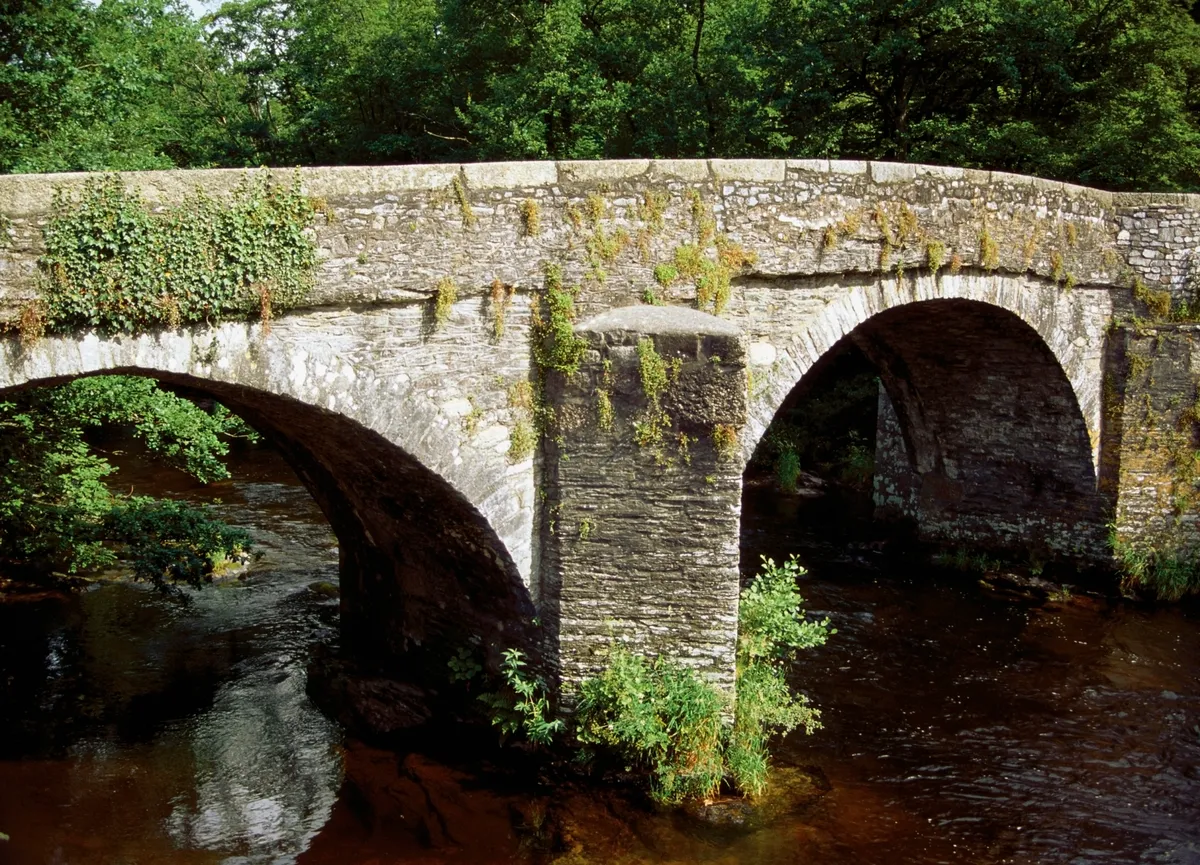
A self-proclaimed ‘Bat Friendly Community’, this small town hosts the largest colony of greater horseshoe bats in western Europe. Sitting on the banks of the River Mardle on a summer’s evening as 3,000 bats whoosh past to hunt has to be one of the most impressive wild spectacles in the UK.
Daniel Hargreaves, bat programme manager at Vincent Wildlife Trust
Exmoor National Park, Devon and Somerset
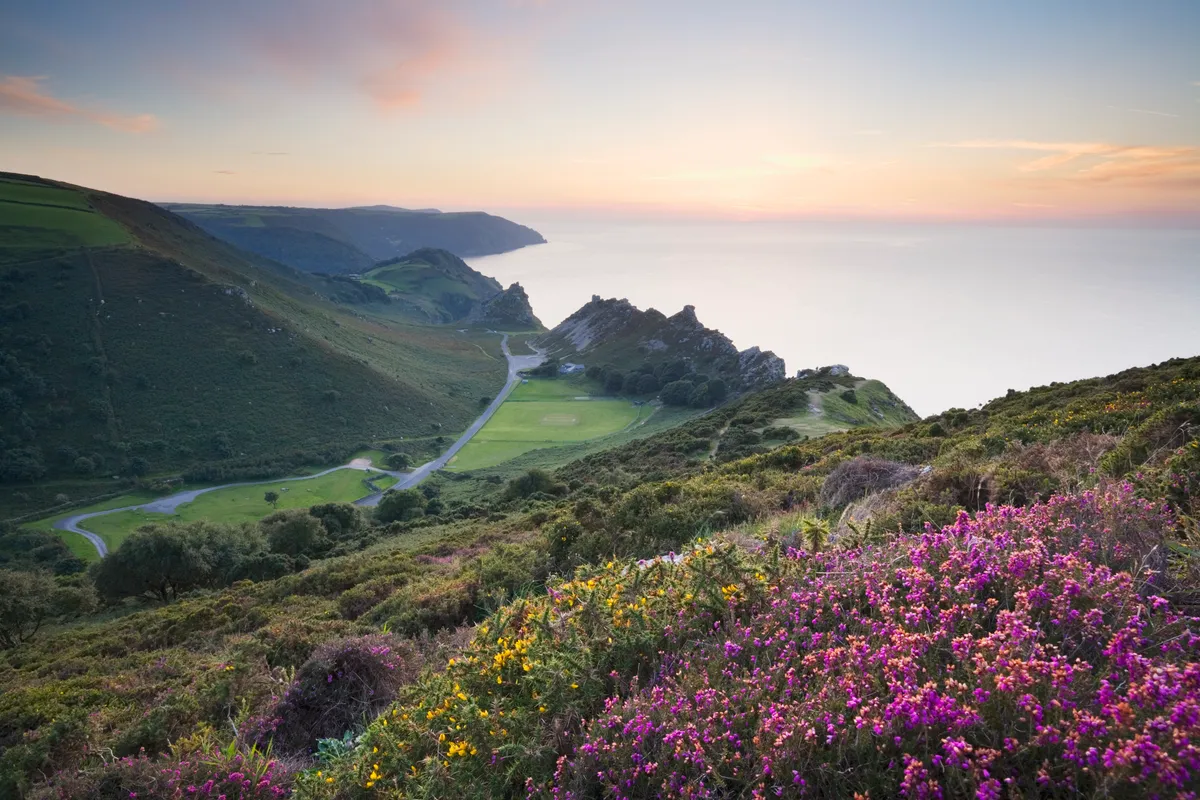
Up the steep hills and cliffs from the sea, a rugged landscape as ancient as anything England has to offer unfolds across rolling hills, disappearing into impassable valleys. Ancient forests, rich in lichens, mosses and ferns, give way to heathland and peat bogs. Red deer have lived on the moors since prehistoric times. Birds of prey soar overhead – buzzards, peregrines, sometimes merlins – and the heather is home to countless insects. It’s a wonderful wilderness.
Paul McGuinness, editor of BBC Wildlife
Polzeath to Holywell Bay, North Cornwall
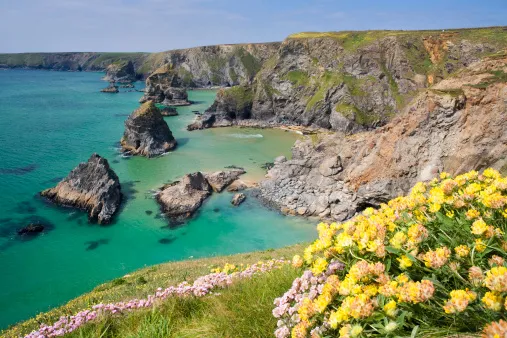
The north Cornwall coast is famous for its spectacular scenery, with high, rugged cliffs and white-sand beaches. One stretch that is absolutely exquisite for wildlife runs for roughly 50km from Polzeath to Holywell Bay. The rocky outcrops and headlands are frequented by the likes of peregrines, kestrels and barn owls, and are brimming with rabbit warrens, badger setts and fox dens. There is nowhere in the UK quite like it.
Hannah Stitfall, presenter and film-maker
Avon Gorge, Bristol
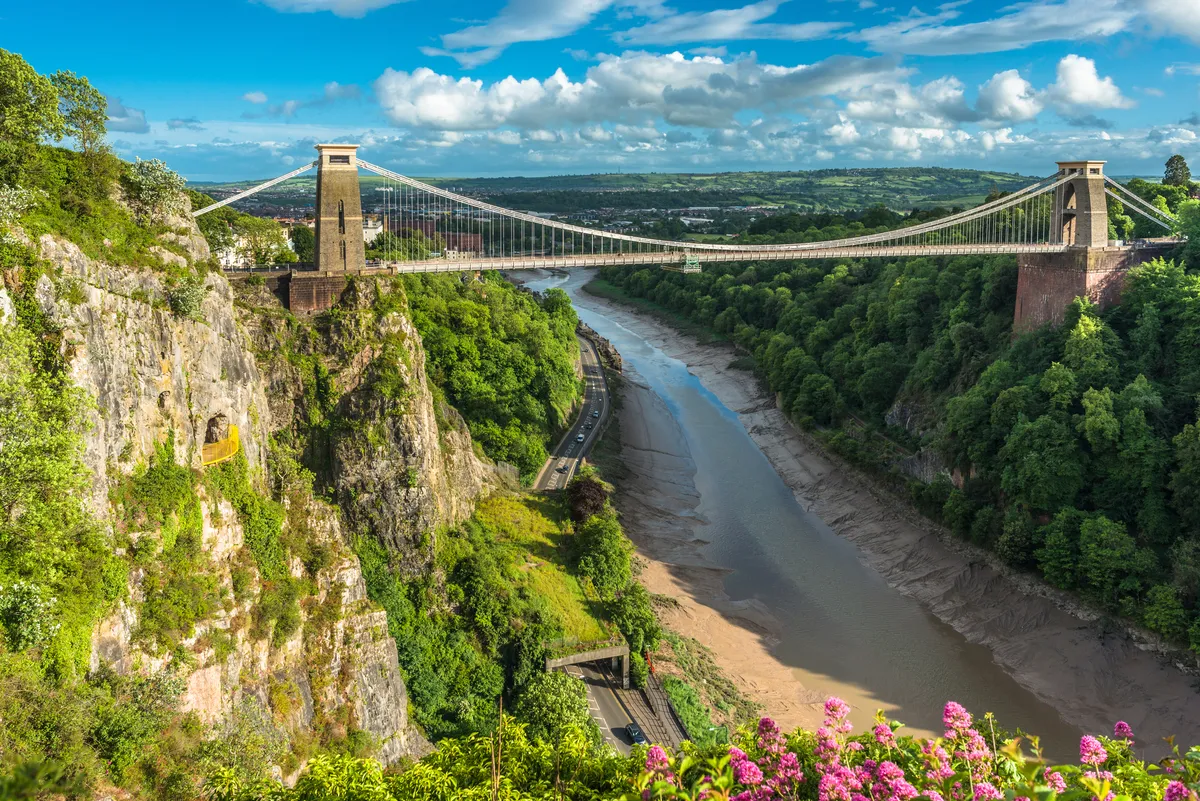
My top spot is my home patch – immediately accessible and with a richness of biodiversity that matches anywhere in the UK. Partly within Bristol city boundaries, the Avon Gorge includes not only the magnificent limestone gorge itself and the tidal River Avon, but also a triad of special conservation sites, including a National Nature Reserve. There is even a café, complete with sunbathing green-backed wall lizards. What more could you ask for?
Roz Kidman Cox, editor of BBC Wildlife (1981-2004)
Vote for your favourite places in the rest of the UK using the links below.
Thank you for your vote! To be notified of the winners, sign up to our mailing list here